Top Things to Know Before Buying Houseplants for Beginners
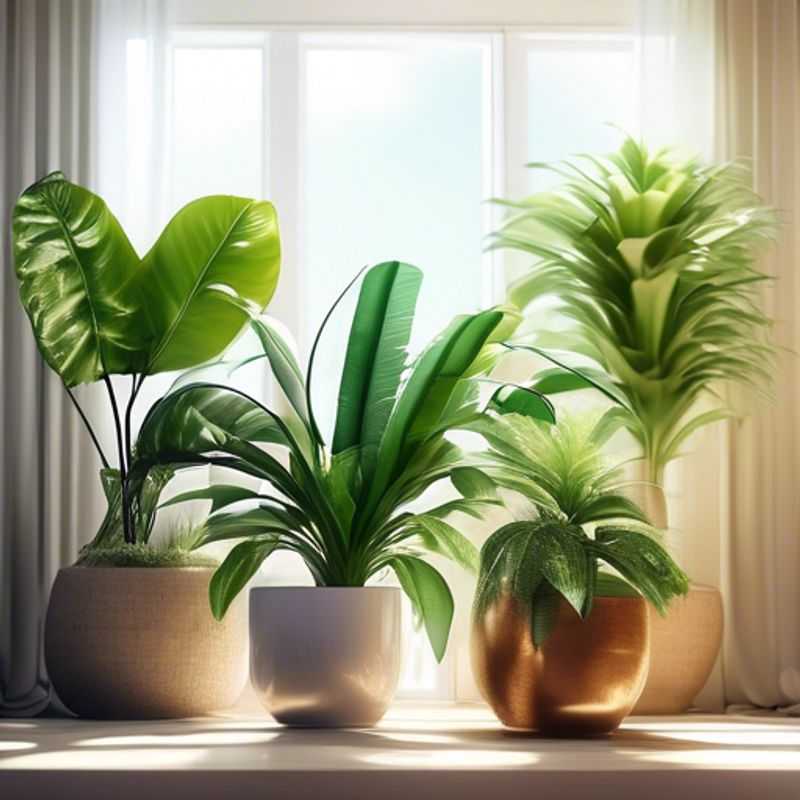
Top Things to Know Before Buying Houseplants: A Beginner's Guide
Bringing the great outdoors in is a wonderful way to brighten up your home and improve your well-being. But, before you rush out and grab the first leafy friend you see, there are a few things you should know to ensure both you and your plant have a happy, healthy relationship.
First things first, research! Different plants have different needs. Think about the amount of light, water, and space your home offers. A shady corner won't be ideal for a sun-loving cactus, and a large, thirsty monstera may overwhelm a small apartment.
For beginners, starting with low-maintenance plants like succulents or snake plants is a great idea. These resilient fellas can tolerate some neglect, making them ideal for those who might forget to water occasionally. But even these tough guys need some TLC!
Learning how to properly water and fertilize your plants is key. Too much or too little can lead to problems. Providing the right potting soil and drainage ensures your plant's roots stay happy and healthy.
Don't forget about regular pruning and cleaning. This helps keep your plants looking their best and prevents pests from setting up shop. And when introducing new plants, do it gradually to avoid shocking the existing ones. This gives everyone a chance to adjust to the new environment.
With a little planning and care, you can create a thriving indoor jungle you'll love for years to come. Happy planting!
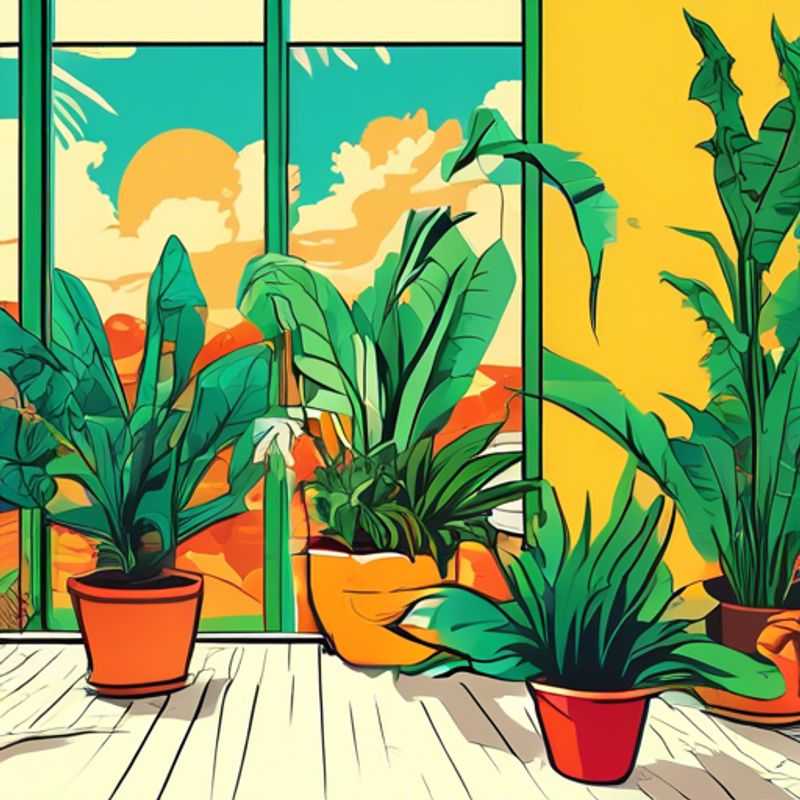
Green Thumbs Up: Researching Your Houseplants' Care Needs
Knowing the specific care requirements for different houseplants is crucial for their healthy growth. Each plant species has unique needs, and failing to meet them can lead to problems such as wilting, yellowing leaves, or even death.
Start by identifying the plant species. Many online resources and plant identification apps can help you with this. Once you know the name, you can research its specific needs. Pay attention to factors such as:
Light: Some plants thrive in bright sunlight, while others prefer shade. Water: The frequency and amount of water a plant needs varies significantly. Soil: Different plants require different soil types for optimal growth. Temperature: Some plants are sensitive to temperature fluctuations, so it's important to keep them in a suitable environment. Humidity: Some plants need higher humidity levels than others.
Regularly check your plant's condition. Look for signs of stress such as yellowing or wilting leaves, pests, or fungal growth. Adjust your care routine accordingly to address any issues. Remember, houseplants are living beings that require regular care and attention to thrive. You can find detailed information about specific plant care on websites like the Royal Horticultural Society or by searching for the plant's name online.
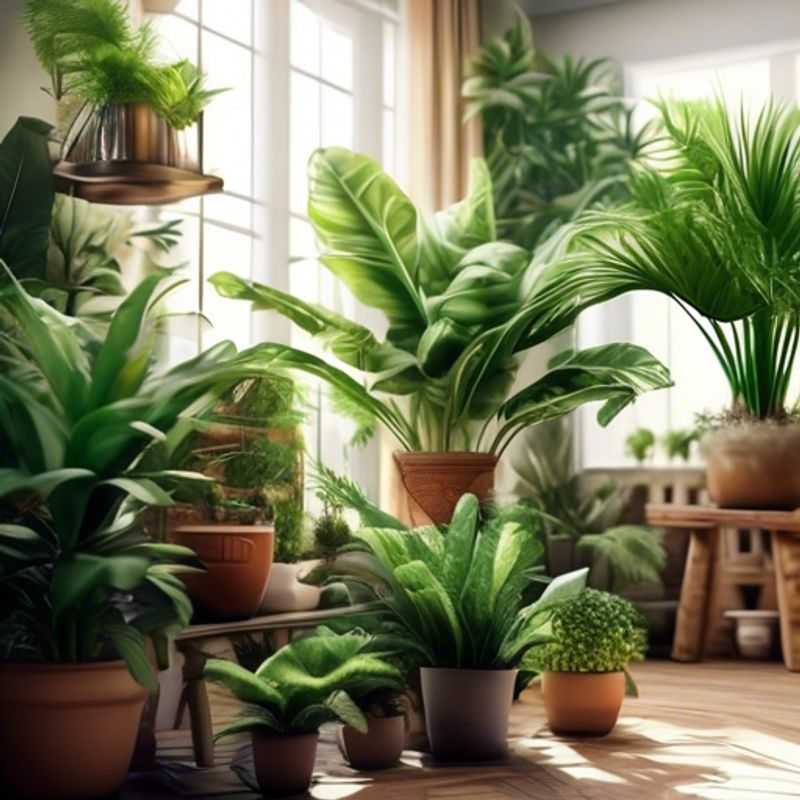
Sun, Water, and Space: Choosing Plants for Your Home
Before embarking on any gardening project, it's crucial to consider the fundamental factors influencing plant growth: sunlight, water, and available space. This simple yet vital step will ensure a thriving garden and a rewarding experience.
Sunlight is essential for photosynthesis, the process by which plants convert light energy into food. Different plants have varying sunlight requirements, ranging from full sun to partial shade. Knowing the amount of sunlight your garden receives daily is critical for selecting suitable plants.
Water is another vital element for plant growth. Understanding your local rainfall patterns and access to irrigation sources is essential. Some plants require frequent watering, while others thrive in drier conditions. Consider installing a watering system or utilizing rainwater harvesting techniques to manage your garden's water needs.
Space is the final key component. Before purchasing plants, measure your garden area carefully to ensure sufficient room for them to grow and thrive. Planting density is crucial for optimal plant health and prevents overcrowding. Consider the mature size of plants to avoid future space constraints.
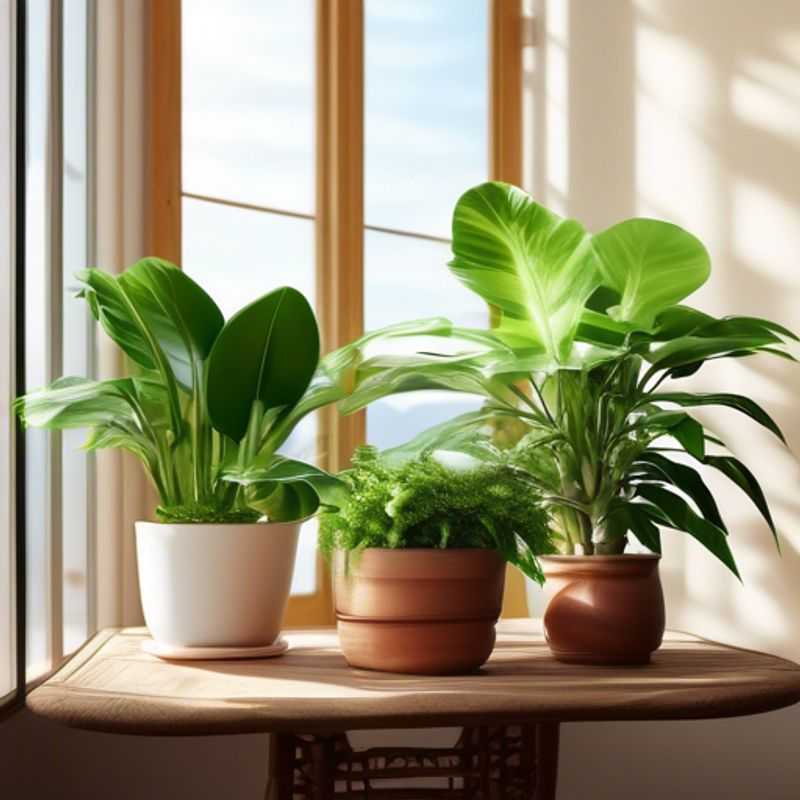
Start Green: Low-Maintenance Plants for Beginners
Starting with low-maintenance plants like succulents or snake plants can be a great way to bring life into your home without a lot of fuss. These plants are known for their ability to thrive in a variety of conditions, including low light and infrequent watering.
Succulents, with their fleshy leaves and ability to store water, are incredibly resilient. They come in a wide variety of shapes and sizes, making them perfect for adding visual interest to any space. Popular choices include:
- Echeveria
- Haworthia
- Sedum
Snake plants, also known as Sansevieria, are another excellent option. They are known for their ability to purify the air, making them a great choice for bedrooms or offices. They can tolerate low light and infrequent watering, making them ideal for those who are forgetful when it comes to plant care.
When choosing low-maintenance plants, remember:
- Choose the right pot: Opt for pots with drainage holes to prevent overwatering.
- Use well-draining soil: This will help prevent root rot.
- Water sparingly: Allow the soil to dry out between waterings.
- Provide adequate light: Most succulents and snake plants prefer bright, indirect light.
Starting with low-maintenance plants can be a rewarding experience, offering a touch of nature without requiring a lot of effort. Remember to research specific care needs for each plant, and enjoy the beauty and benefits they bring to your home.
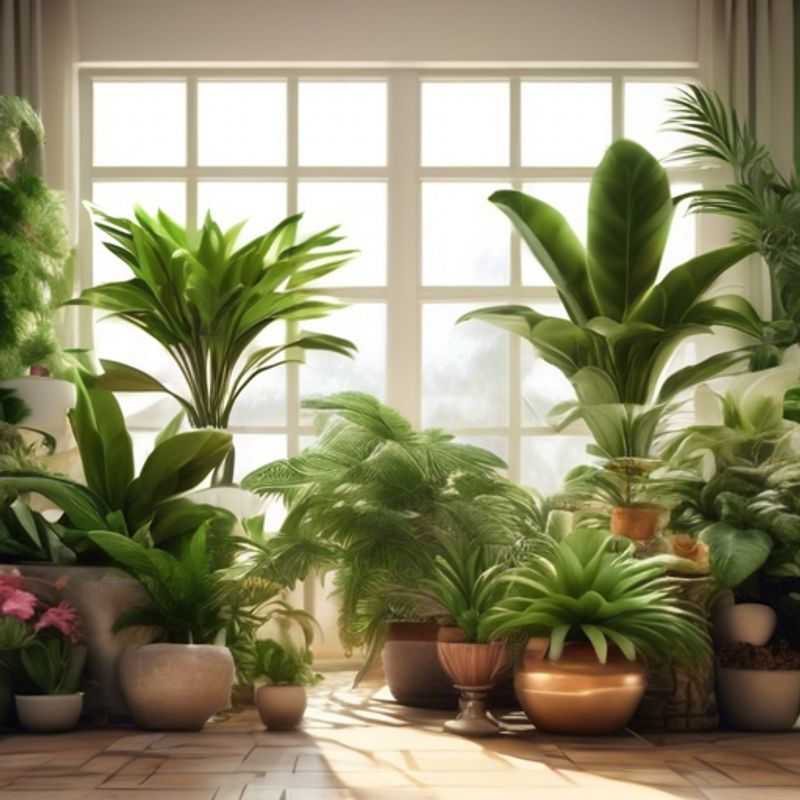
Happy Plants, Happy You: Mastering the Art of Watering and Fertilizing
Learning how to properly water and fertilize your houseplants is essential for their health and growth. First, understand the specific needs of each plant species, as watering requirements can vary significantly. Generally, it's best to water when the top inch of soil feels dry. Overwatering is a common mistake and can lead to root rot, so ensure pots have proper drainage. Use room temperature water to avoid shocking the plant.
When it comes to fertilization, choose a balanced, water-soluble fertilizer, applying it during the growing season (spring and summer) every 4-6 weeks. Reduce or stop fertilizing in the fall and winter when plant growth typically slows. Always follow the package instructions to avoid over-fertilizing, which can harm your plants.
Consider investing in a moisture meter for accurate watering and a quality fertilizer suited for your plant type. Additionally, some plants may benefit from specific nutrients, so researching your plants' needs can enhance their growth. Remember, less is often more when it comes to both watering and fertilizing.
For those who wish to explore further, numerous online resources and local gardening workshops can provide in-depth knowledge. Happy planting!
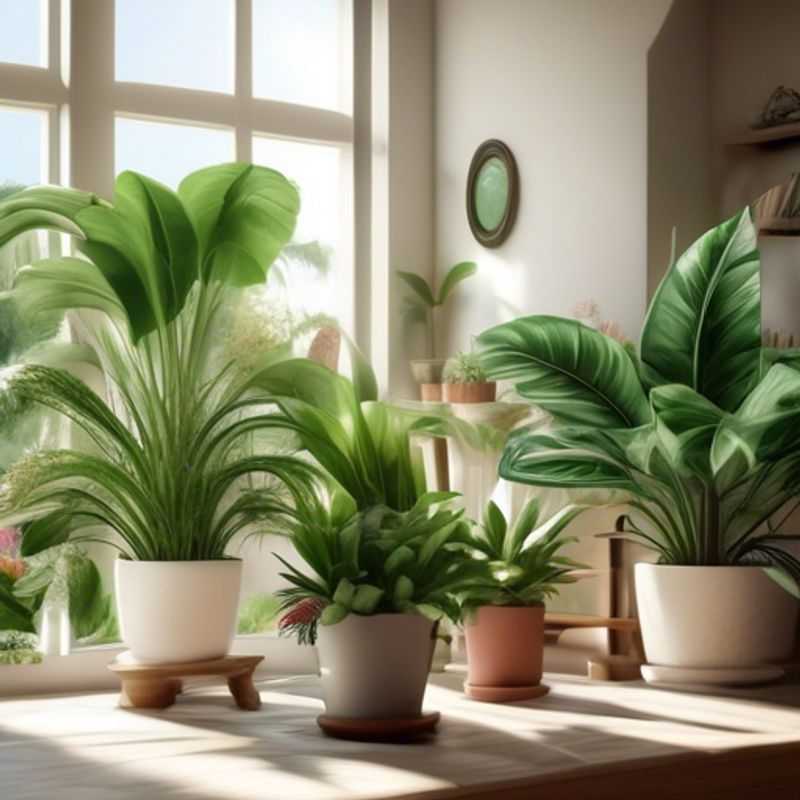
Happy Plants, Happy You: Mastering Potting Soil and Drainage
Choosing the right potting soil and ensuring proper drainage are crucial for the health of your plants. The ideal potting soil should be lightweight, well-aerated, and capable of retaining moisture while allowing excess water to escape. Look for blends containing ingredients like peat moss, coconut coir, and perlite or vermiculite to enhance drainage and aeration.
When it comes to drainage, using pots with holes at the bottom is essential. This prevents water from accumulating, which can lead to root rot. If you're using pots without drainage holes, consider adding a layer of gravel or rocks at the bottom to help with water flow.
It's also important to monitor your plants' needs and adjust soil composition as necessary. For example, succulents and cacti require a much drier mix compared to ferns or tropical plants that thrive in moisture-rich environments. Always choose soil that matches the specific requirements of your plants.
When estimating costs for potting soil and drainage solutions, consider the following paid activities: purchasing quality potting soil, buying pots with good drainage, and potentially investing in soil amendments to tailor the mix for specific plant types. Prices can vary significantly, so it's wise to compare options before making a purchase.
In summary, providing the right potting soil and drainage is essential for healthy plant growth. Focus on selecting the appropriate soil mix and ensure proper drainage to keep your plants thriving.
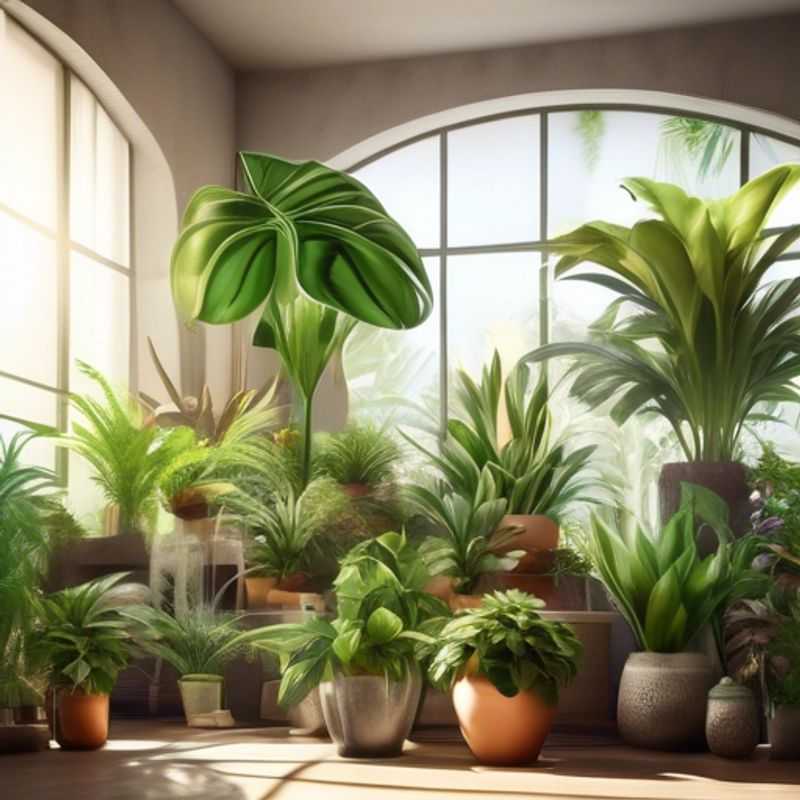
Keep Your Houseplants Happy: The Importance of Regular Pruning and Cleaning
Keeping your houseplants thriving requires more than just watering them. Regular pruning and cleaning are essential for maintaining their health and appearance.
Pruning helps remove dead or diseased foliage, encouraging new growth and preventing the spread of pests. It also shapes the plant, promoting bushier and more appealing growth.
Cleaning involves removing dust and debris that can clog pores and inhibit photosynthesis. It also helps to keep the plant looking its best.
Here are some tips for pruning and cleaning your houseplants:
Use sharp, clean pruning shears. This will help prevent damage to the plant and the spread of disease.
Remove any dead, diseased, or damaged leaves and stems. These can harbor pests and diseases.
Pinch back the tips of stems to encourage bushier growth. This is especially helpful for plants that tend to become leggy.
Clean the leaves with a damp cloth or sponge. You can also use a mild solution of water and dish soap, but be sure to rinse the plant thoroughly afterward.
Pruning and cleaning should be done regularly, depending on the specific needs of your plants. You may need to prune more often during the growing season, and you may need to clean your plants more frequently if they are dusty or prone to pest infestations.
Remember to research the specific needs of your plants, as pruning and cleaning methods vary depending on the species.

Introducing New Plants Gradually: A Gentle Approach to Garden Harmony
Introducing new plants to your existing garden can be exciting, but it's crucial to do it gradually to avoid shocking your current flora. This process, often called hardening off, helps new plants acclimate to their new environment and reduces stress on existing plants.
Think of it like this: imagine you're moving from a warm climate to a colder one. You wouldn't jump straight into the icy weather! Similarly, plants need time to adapt to changes in sun exposure, temperature, and humidity.
Here's how to introduce new plants gradually:
1. Start with a few hours of indirect sunlight: After bringing your new plant home, place it in a shaded area for a few hours each day. This allows it to adjust to the new environment without overwhelming it.
2. Gradually increase sun exposure: Over the course of a week, gradually increase the amount of time your new plant spends in direct sunlight. This could be 30 minutes to an hour per day.
3. Monitor for signs of stress: Watch for signs of stress in your new plant, like wilting, drooping, or yellowing leaves. If you notice any of these symptoms, reduce sun exposure and provide extra water.
4. Introduce new plants separately: It's best to introduce new plants to your garden one at a time. This allows you to monitor their adjustment process and prevent competition for resources from existing plants.
By following these steps, you can help your new plants thrive and avoid stressing your established garden. Remember, patience is key!
